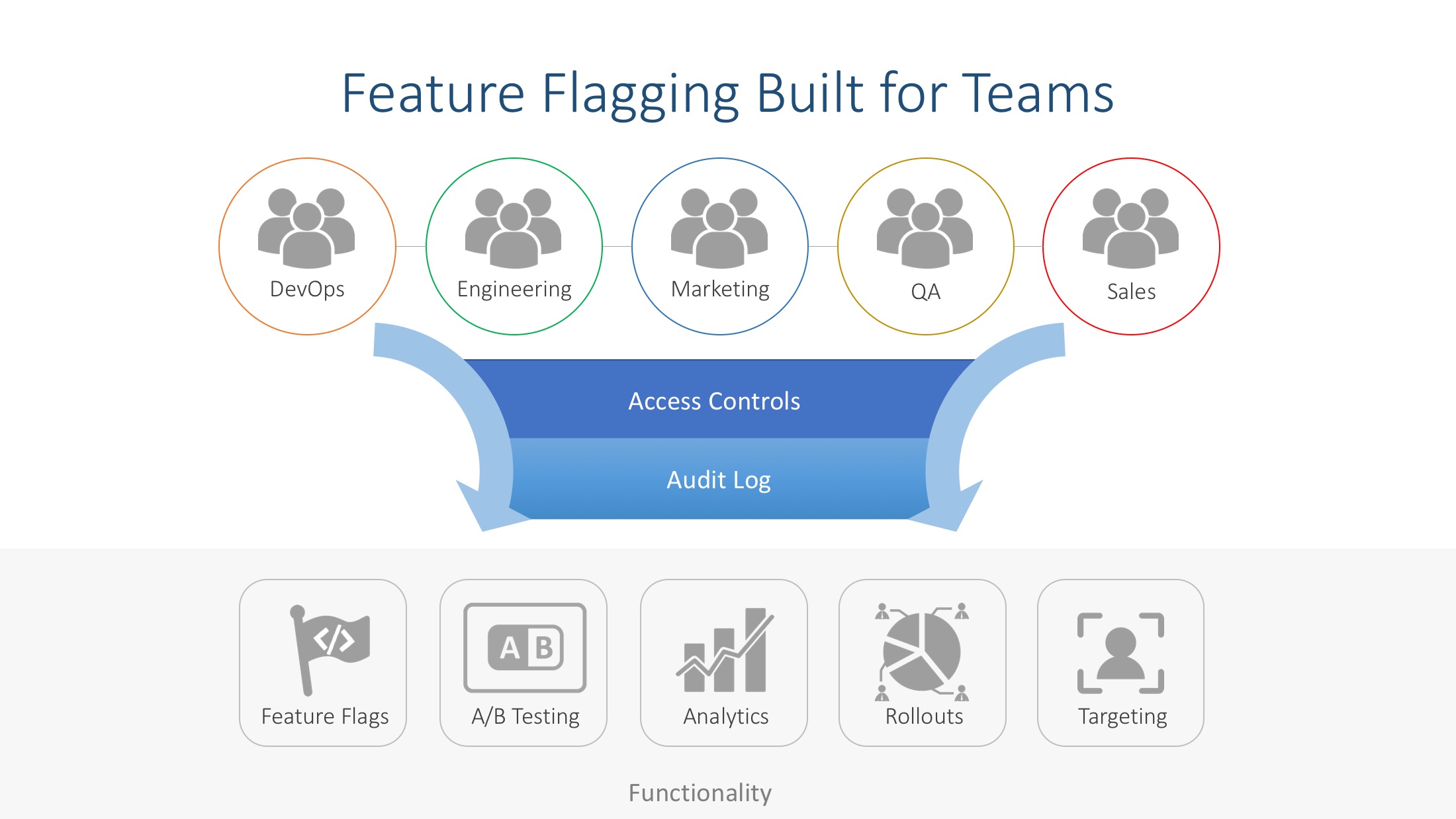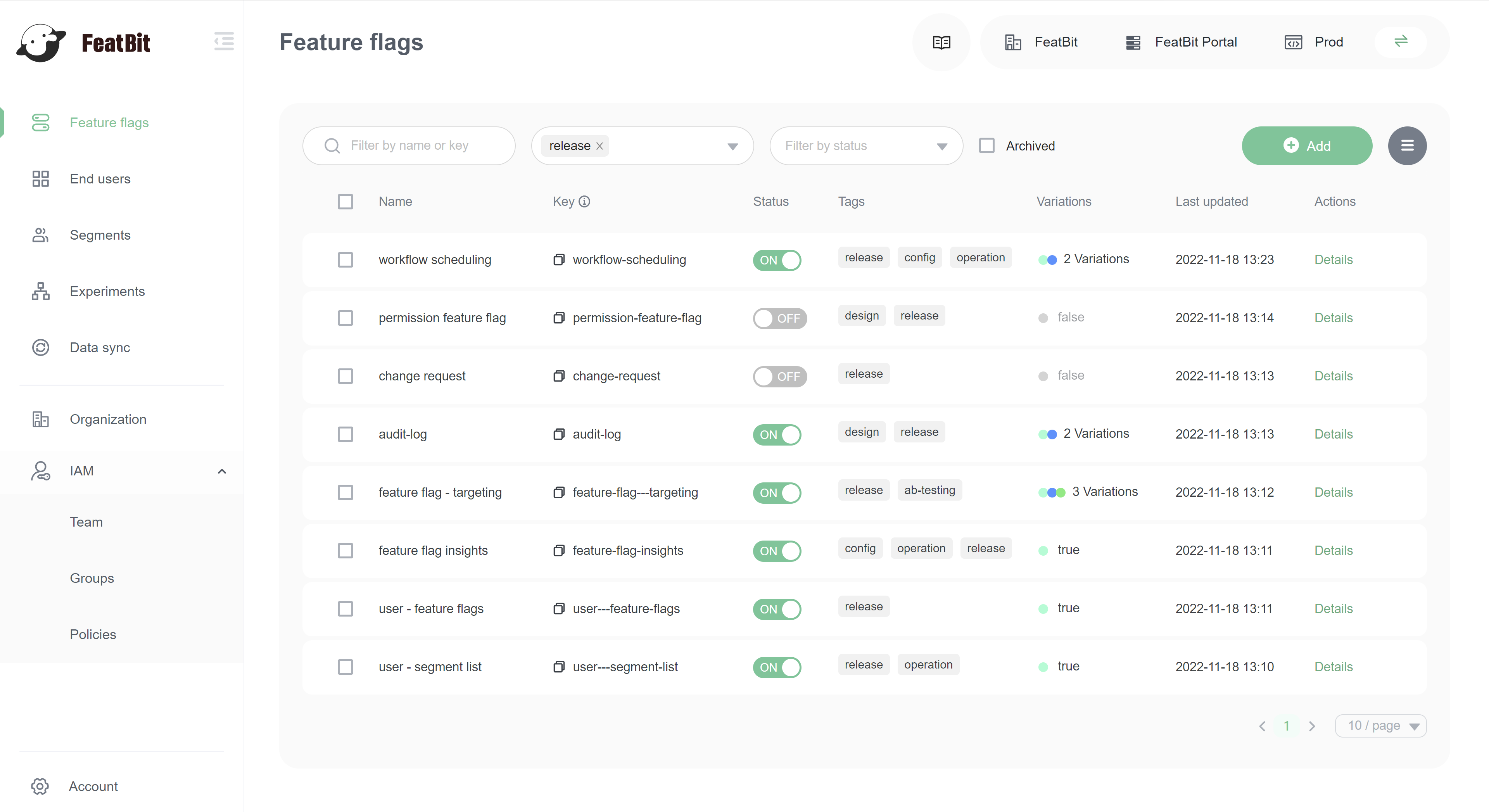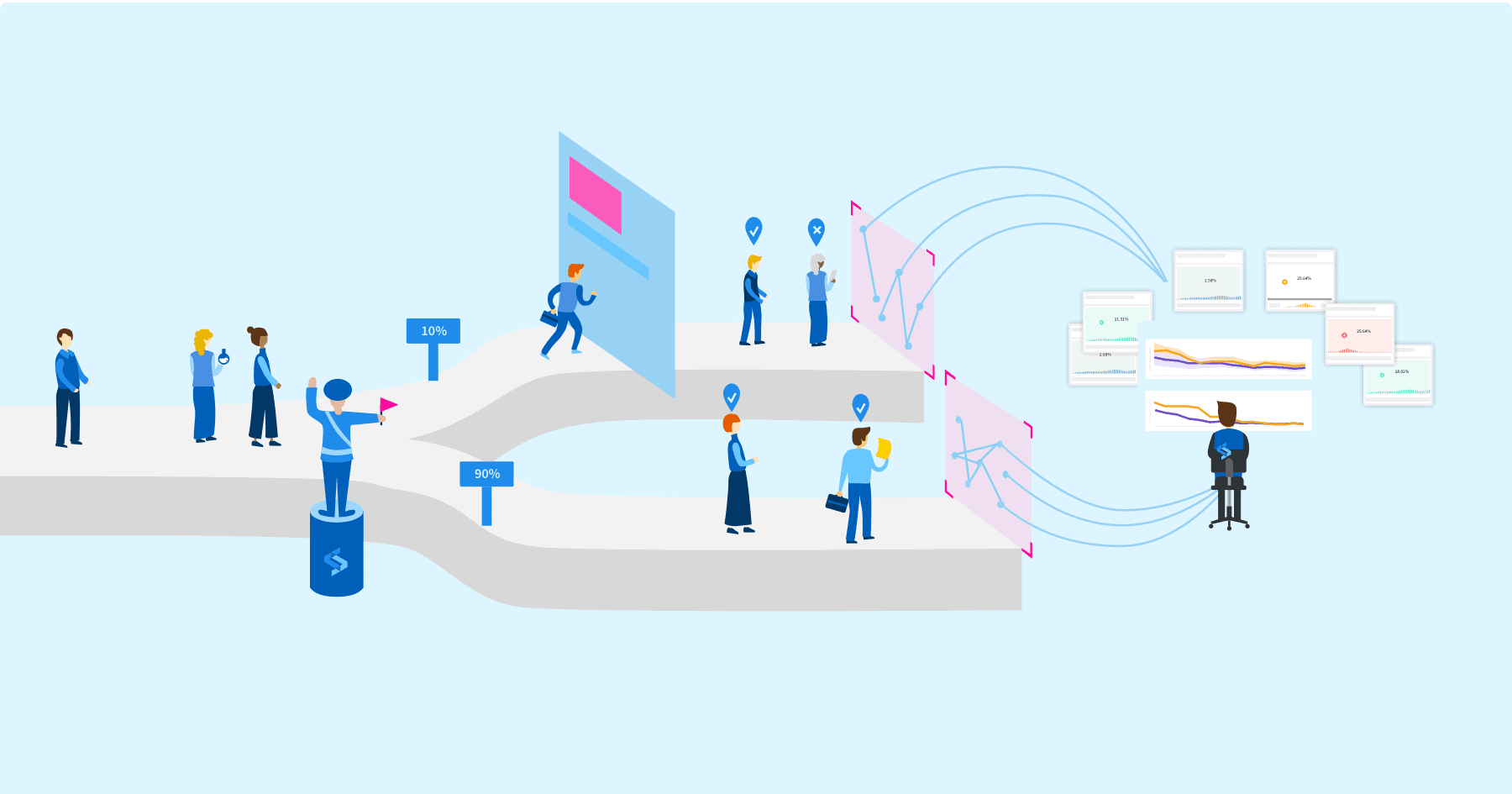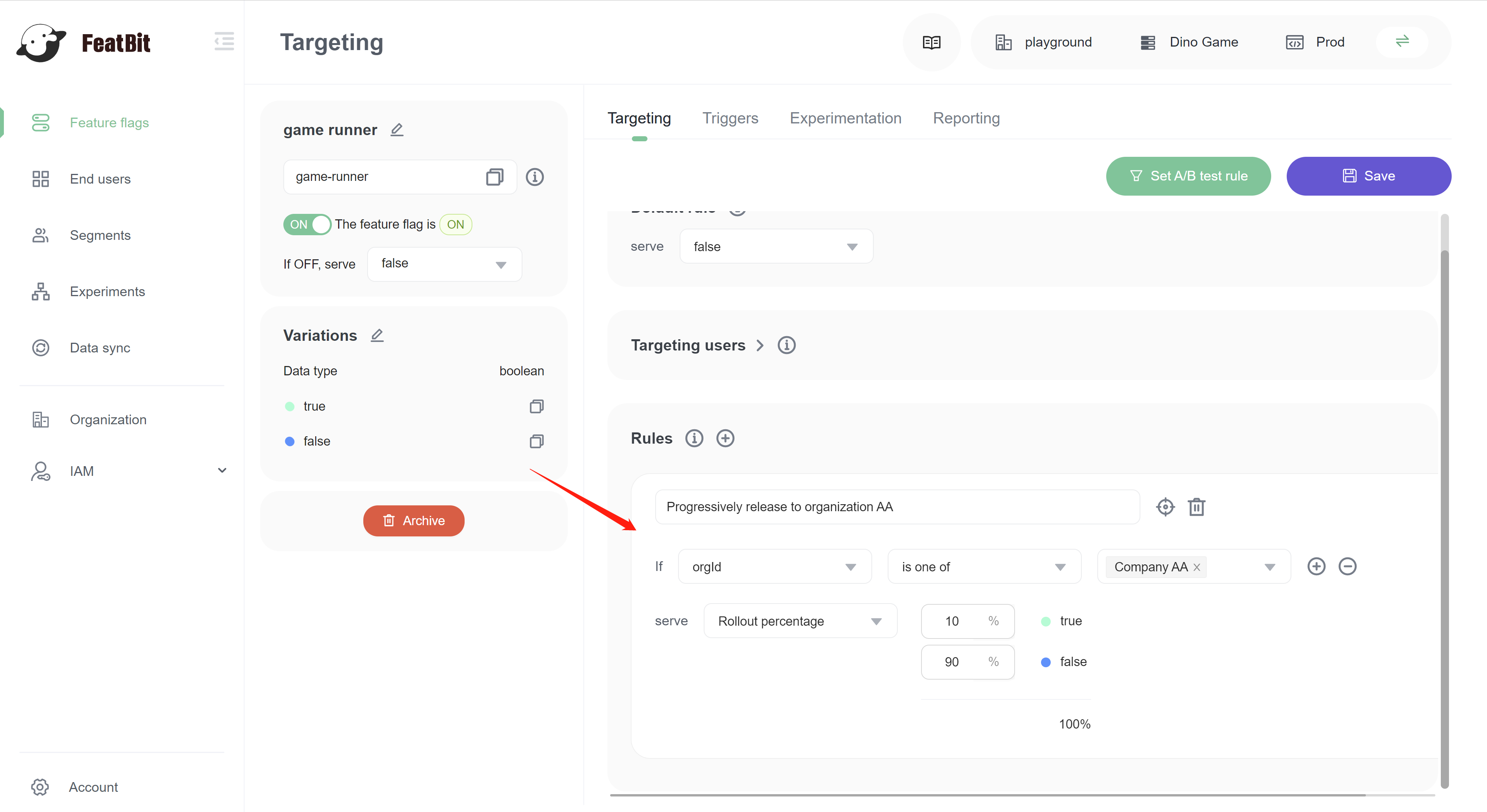Innovate
Your Software
Faster without Risk
Innovate Your Software Faster without Risk
Optimizing Progressive Delivery with Feature Flag Tools: Enhance Your Deployment Control and Minimize Risks

Progressive Delivery
Progressive Delivery is a software development practice that aims to deliver features and updates to users gradually and safely. It involves releasing new functionality to a subset of users, collecting feedback, and iterating on the changes before rolling them out to the entire user base. Progressive delivery can help teams reduce the risk of introducing bugs, improve user satisfaction, and accelerate the delivery cycle.
However, progressive delivery also comes with some challenges. For example, how can teams manage multiple versions of features and toggle them on and off easily? How can they target specific segments of users and measure the impact of their changes? How can they ensure that their feature flags are consistent and secure across different environments and platforms?

This is where Feature flag tools come in handy. Feature flag tools are software solutions that help teams create and manage feature flags (also known as feature toggles or feature flippers), which are techniques that allow teams to change system behavior without deploying code. Feature flag tools enable teams to turn different functionalities on and off, control the exposure of features to different user groups, and monitor the performance and outcomes of their experiments.
Enhanced Deployment Control

One of the main advantages of using feature flag tools for progressive delivery is that they give teams more control over their deployments. Instead of relying on code changes or configuration files to enable or disable features, teams can use feature flag tools to create and manage feature flags through a user-friendly interface. This allows teams to:
- Deploy features faster and more frequently. Teams can release features as soon as they are ready, without waiting for a scheduled deployment window or a full code review. They can also deploy features more often, as they can easily switch them on or off without affecting other parts of the system.
- Test features in production. Teams can test features in production, in real-world conditions, with real users and real data, instead of relying on simulated environments or mock data. This can help teams validate their assumptions, identify issues, and gather feedback more effectively.

- Roll out features gradually and incrementally. Teams can use feature flag tools to control the percentage of users who see a new feature, and adjust it based on the results of their experiments. They can also use feature flag tools to target specific segments of users based on various criteria, such as location, device type, behavior, or preferences. This can help teams deliver personalized experiences and optimize user engagement.
- Roll back features easily and safely. Teams can use feature flag tools to revert features quickly and smoothly, without redeploying code or affecting other functionalities. This can help teams minimize the impact of errors, bugs, or negative feedback, and restore user satisfaction.
Risk Minimization
Another benefit of using feature flag tools for progressive delivery is that they help teams minimize the risks associated with delivering new features and updates. By using feature flag tools, teams can:

var flagValue = fbClient.variation("feature-flag-key", defaultValue);
if(flagValue === 'true'){
runFeature();
}
- Reduce the complexity of the codebase. Teams can use feature flag tools to isolate new features from the rest of the codebase, and avoid adding unnecessary conditional logic or branching statements. This can help teams maintain a clean and simple codebase that is easier to read, debug, and maintain.
- Improve the quality and reliability of the system. Teams can use feature flag tools to catch bugs and errors before they affect a large number of users, and fix them without disrupting the service. They can also use feature flag tools to monitor the performance and outcomes of their features, and identify any issues or anomalies that may arise.
- Enhance the security and compliance of the system. Teams can use feature flag tools to protect sensitive or experimental features from unauthorized access or misuse. They can also use feature flag tools to enforce governance policies and standards across different environments and platforms.
Conclusion
Progressive delivery is a great way to deliver features and updates to users gradually and safely. However, it also requires teams to have more control and visibility over their deployments, experiments, and outcomes. Feature flag tools can help teams achieve this by enabling them to create and manage feature flags that can change system behavior without deploying code.
FeatBit is an open-source feature tool, which can help teams optimize their progressive delivery process by enhancing their deployment control and minimizing their risks. They can also help teams deliver personalized experiences and optimize user engagement by targeting specific segments of users and measuring the impact of their features. FeatBit supports multiple SDKs, provides real-time data sync and scheduling features, enables A/B testing and experimentation, and empowers all teams to use flags to deliver, control, and experiment with their software across multiple platforms.